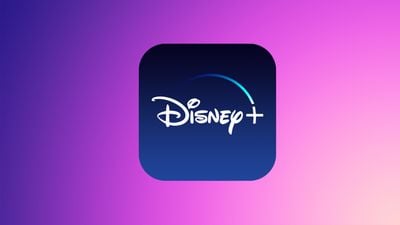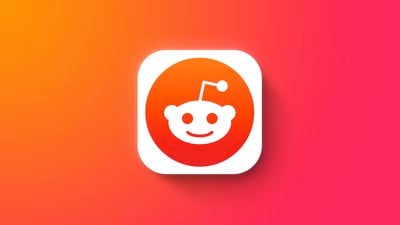Apple updated its Digital Markets Act compliance plan in the European Union today, making changes related to external linking. Developers are now free to direct users to non-App Store purchase options for in-app content such as subscriptions, with no restrictions or control over the messaging to customers.
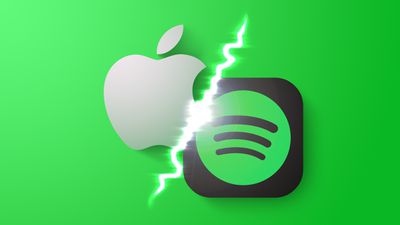
Apple made the update to comply with the European Commission's objection to its anti-steering rules, but there is a new fee structure that's complicated and not easy to digest. Shortly after Apple announced its new terms, Epic Games CEO Tim Sweeney took to social media to call Apple's commission "an illegal new 15% junk fee." He went on to say that the terms make it "completely uneconomical for developers to distribute their apps through both the Apple App Store and competing iOS app stores."
Sweeney has been outspoken about Apple's Digital Markets Act changes since the first updates were introduced in February, and he has long accused Apple of malicious compliance.
In the European Union where the new DMA law opens up app store competition, Apple continues its malicious compliance by imposing an illegal new 15% junk fee on users migrating to competing stores and monitor commerce on these competing stores.https://t.co/YUYwsnrh32 pic.twitter.com/xAWGkOWPrH — Tim Sweeney (@TimSweeneyEpic) August 8, 2024
Spotify likewise didn't have anything nice to say about the updated link rules. In a statement to TechCrunch, Spotify said the revisions are "deliberately confusing," but "at first glance," Apple is continuing to "blatantly disregard" the requirements of the DMA.
We are currently assessing Apple's deliberately confusing proposal. At first glance, by demanding as much as a 25% fee for basic communication with users, Apple once again blatantly disregards the fundamental requirements of the Digital Markets Act (DMA). The European Commission has made it clear that imposing recurring fees on basic elements like pricing and linking is unacceptable. We call on the Commission to expedite its investigation, implement daily fines and enforce the DMA.
According to Apple, the new initial acquisition fee that developers who use links have to pay reflects the value that the App Store provides when connecting developers to customers in the EU. The second store services fee reflects the ongoing services and capabilities that Apple provides developers, such as app distribution, App Store trust and safety, promotional tools, anti-fraud checks, and more.
EU developers who choose to use links to direct customers to purchase options outside of the App Store will pay between 10 percent and 27 percent commission, depending on the App Store terms they've agreed to and whether they belong to the App Store Small Business Program. Developers operating under the new DMA business terms that support alternative payment methods and distributing apps outside of the App Store must also pay the Core Technology Fee in addition to the store services fee and the initial acquisition fee.
The 10 to 27 percent commission for developers that adopt linking out is under the 15 to 30 percent commission that was required prior to any of the DMA changes, but Epic Games and Spotify do not feel that Apple's fees are fair. As Epic Games and Spotify are major companies, they would need to pay the 0.50 euro Core Technology Fee to Apple, which would cost tens of thousands per month.
Epic Games plans to bring an Epic Games Store to the iPhone and iPad in the European Union, and Sweeney today said that the plan is still on track. The store is set to launch
"soon," and Epic Games will charge developers 12 percent for payments that it processes and 0 percent for third-party payments.
Earlier this year, the European Commission fined Apple $1.95 billion for not allowing streaming music apps like Spotify to tell users about cheaper subscription prices outside of the app. Apple in response created a Music Streaming Services Entitlement that would require Spotify to pay a 27 percent commission on website purchases made through the App Store. The fee for the new Link Entitlement is the same for an app of Spotify's size.





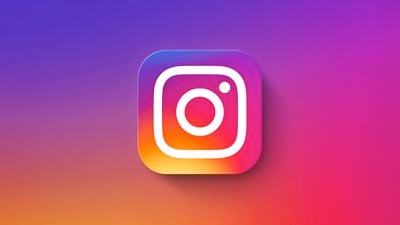
 Note: MacRumors is an affiliate partner with Amazon. When you click a link and make a purchase, we may receive a small payment, which helps us keep the site running.
Note: MacRumors is an affiliate partner with Amazon. When you click a link and make a purchase, we may receive a small payment, which helps us keep the site running.

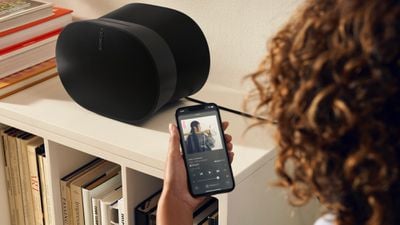
 Note: MacRumors is an affiliate partner with Amazon. When you click a link and make a purchase, we may receive a small payment, which helps us keep the site running.
Note: MacRumors is an affiliate partner with Amazon. When you click a link and make a purchase, we may receive a small payment, which helps us keep the site running.







